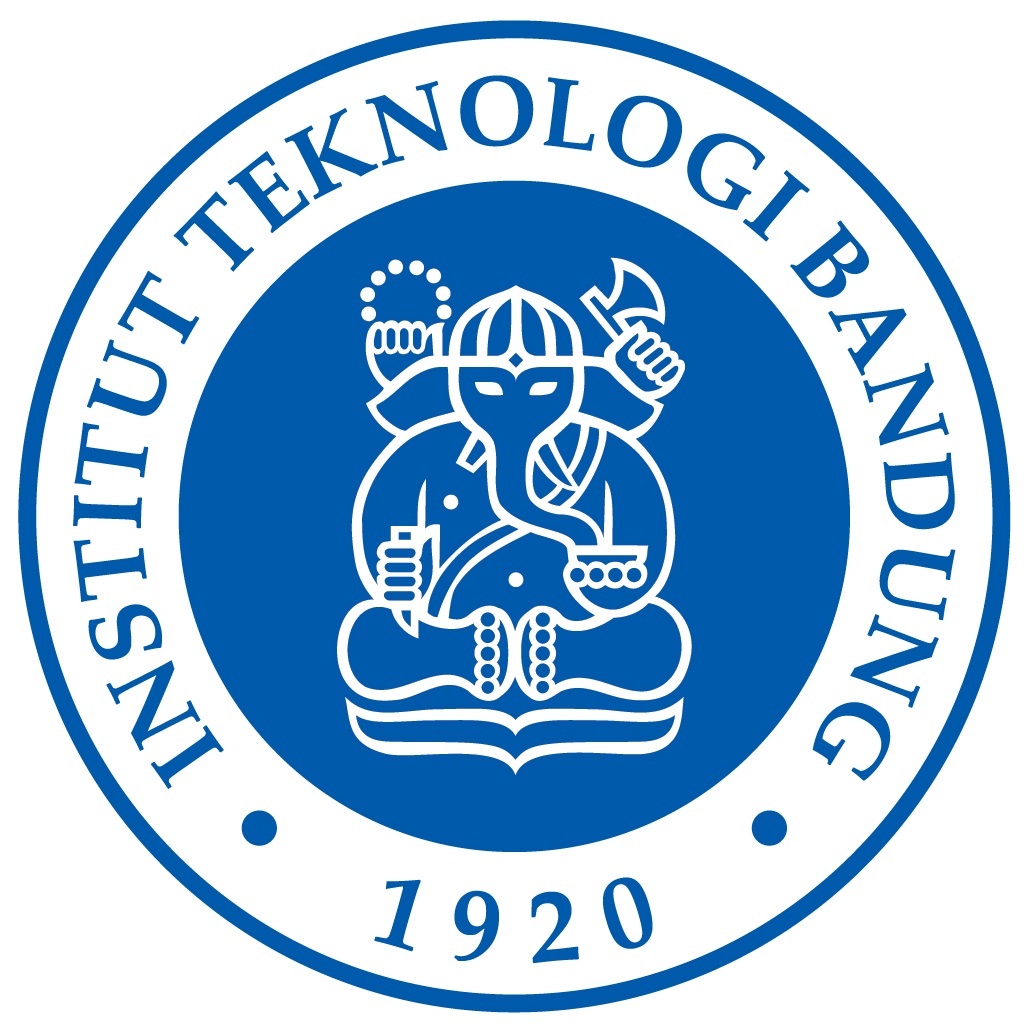

Asep Saepuloh
The increase in the volume of waste at the Sarimukti TPPAS (Final Waste Processing and Processing Site) which exceeds its eight-fold capacity is a major concern in waste management. This research aims to identify topographic, geological and rainfall conditions as a basis for supporting planning for sustainable optimization of landfill. Data was collected using UAV technology, GNSS, as well as DEMNAS and rainfall data from CHIRPS. Geospatial analysis was carried out to map topographic changes, estimate waste volume, and evaluate hydrological impacts. The research results show that rainfall intensity contributes to increasing leachate, while topography and lithology influence geological carrying capacity. This study provides practical recommendations, including improving landfill design and improving drainage systems, to mitigate environmental risks and increase the sustainability of the Sarimukti TPPAS. It is hoped that this research can become an important reference in waste management in the Greater Bandung area.
Carrying out detailed geological mapping at TPPAS Sarimukti, Carrying out physical measurements of waste heaps, Collecting rainfall data around TPPAS Sarimukti, Analyzing the geological carrying capacity for the sustainability of the landfill system
This activity provides benefits to the management of the Sarimukti landfill, as evidenced by the relocation of waste piles to new areas that still have safety space capacity.